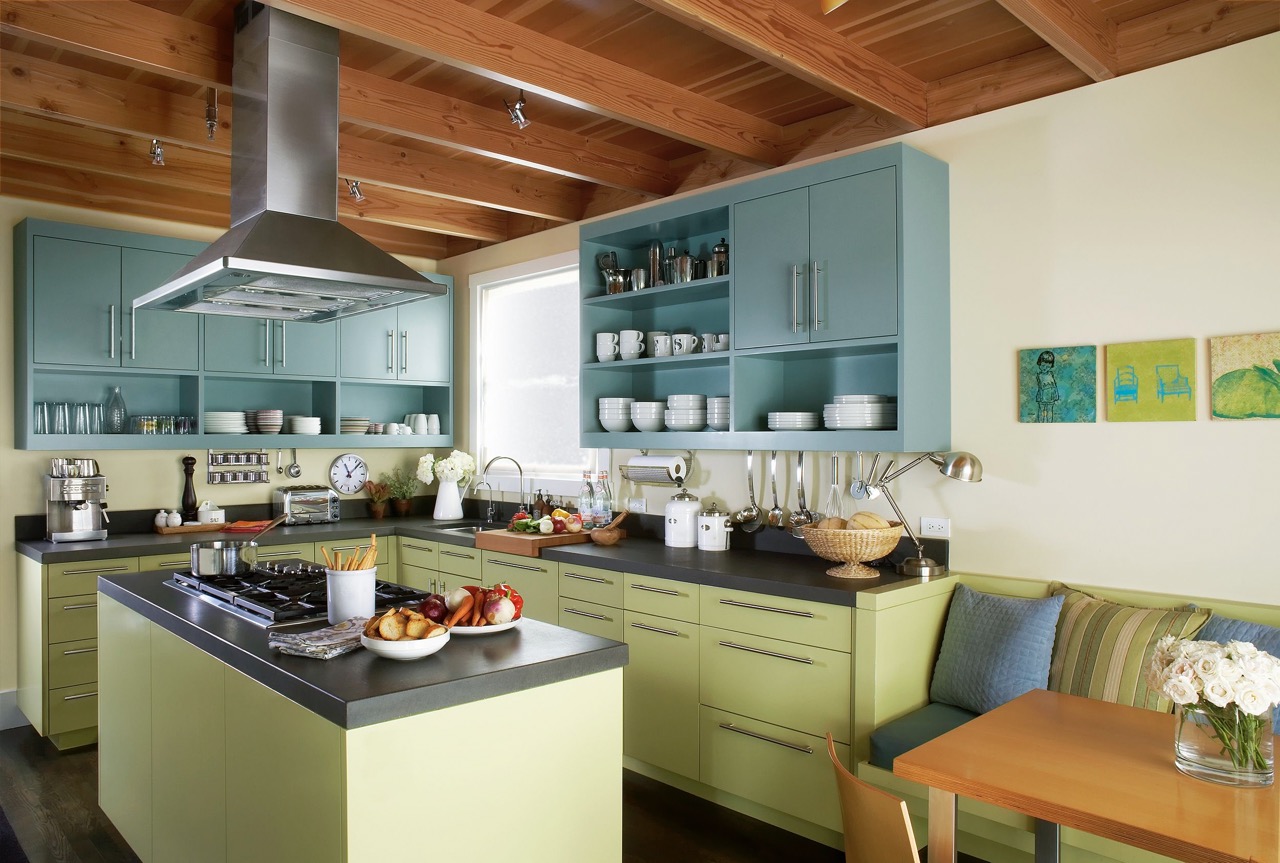

Articles
What Kind Of Duct For Range Hood
Modified: February 29, 2024
Looking for articles about what kind of duct to use for a range hood? Find all the information you need to make an informed decision here.
(Many of the links in this article redirect to a specific reviewed product. Your purchase of these products through affiliate links helps to generate commission for Storables.com, at no extra cost. Learn more)
Introduction
When it comes to your kitchen, a range hood is an essential appliance that helps to keep the air clean and free of cooking odors, smoke, and grease. One important component of a range hood is the duct, which is responsible for expelling the contaminated air out of your kitchen and into the outside environment. However, with various types of ducts available, it can be challenging to determine which one is the right fit for your range hood.
In this article, we will explore different types of ducts commonly used for range hoods and discuss the factors to consider when choosing the most suitable option. By understanding the advantages and disadvantages of each type, you will be able to make an informed decision that not only meets your kitchen’s specific requirements but also ensures optimal performance and safety.
Key Takeaways:
- Choose a duct material that matches your kitchen’s specific requirements, such as heat resistance, durability, and maintenance needs, to ensure optimal performance and safety for your range hood ventilation system.
- Prioritize efficiency, safety, and ease of maintenance when selecting a duct for your range hood, ensuring a clean, efficient, and hazard-free kitchen environment for years to come.
Read more: What Is A Ducted Range Hood
Types of Ducts for Range Hood
When it comes to choosing a duct for your range hood, there are several options available. Each type of duct has its own set of characteristics, advantages, and disadvantages. Let’s take a closer look at some of the most common types:
1. Aluminum Ducts
Aluminum ducts are lightweight, affordable, and easy to install, making them a popular choice for range hoods. They are flexible and can be easily adjusted to fit the desired length and shape. Additionally, aluminum ducts are resistant to rust and corrosion, ensuring durability and longevity. However, they may not be suitable for high-temperature applications, as they have a lower heat resistance compared to other materials.
2. Stainless Steel Ducts
Stainless steel ducts are known for their durability and high heat resistance. They are capable of withstanding high temperatures generated by cooking appliances, such as gas stoves and grills. Stainless steel ducts also have excellent corrosion resistance, ensuring long-term performance and minimal maintenance. However, they tend to be more expensive than other duct options and may require professional installation due to their rigidity and weight.
3. Flexible Plastic Ducts
Flexible plastic ducts, often made of PVC or HDPE, offer versatility and ease of installation. They are lightweight, flexible, and can be easily maneuvered within tight spaces. Plastic ducts are also resistant to corrosion and can handle moderate temperatures. However, they may not be suitable for high-heat applications, as they can melt or deform under extreme temperatures. It is important to choose plastic ducts that are specifically designed for range hood use and meet relevant safety standards.
Read also: 8 Unbelievable Ducted Range Hood For 2024
4. Fiberglass Ducts
Fiberglass ducts, made from woven strands of glass fibers coated with a protective resin, offer excellent insulation properties. They are resistant to heat transfer, making them ideal for high-temperature applications. Fiberglass ducts are also lightweight, durable, and resistant to corrosion. However, they can be comparatively expensive and may require professional installation due to their rigid nature and specialized handling requirements.
It is crucial to understand the specific requirements of your range hood and kitchen setup before selecting a duct. Factors such as the distance between the range hood and the exterior vent, the amount of airflow needed, and the type of cooking you typically do will determine the most suitable duct material for your situation.
Aluminum Ducts
Aluminum ducts are a popular choice for range hoods due to their affordability, lightweight nature, and ease of installation. These ducts are made from aluminum sheets that are formed into a cylindrical shape, allowing them to efficiently carry exhaust air from the range hood to the outside environment.
One of the key advantages of aluminum ducts is their flexibility. They can be easily adjusted to fit the required length and shape, making installation a straightforward process. The flexibility also allows for easier routing of the duct, particularly in situations where there are obstacles or tight spaces to navigate.
Aluminum ducts are also resistant to rust and corrosion. This makes them highly durable, ensuring a long lifespan for your range hood ventilation system. The resistance to corrosion is especially beneficial in the kitchen environment, where exposure to moisture, grease, and cooking byproducts is common.
However, it’s important to note that aluminum ducts may not be suitable for high-temperature applications. They have a lower heat resistance compared to other duct materials like stainless steel or fiberglass. If you have a high-powered range or frequently use high-heat cooking methods, it’s advisable to consider other duct options that can handle the increased temperature without compromising safety.
Maintenance of aluminum ducts is relatively straightforward. Regular cleaning is essential to prevent the buildup of grease and debris, which can hinder proper airflow and reduce the efficiency of your range hood. Ensure that the duct is clear of any obstructions and periodically inspect it for any signs of damage or leaks.
In summary, aluminum ducts offer a cost-effective and reliable solution for range hood ventilation. Their flexibility, resistance to rust, and ease of installation make them a popular choice among homeowners. However, it’s crucial to consider the heat resistance requirements of your kitchen setup before opting for aluminum ducts, especially if you have a high-heat cooking environment.
Stainless Steel Ducts
When it comes to durability and heat resistance, stainless steel ducts are a top choice for range hoods. These ducts are constructed using high-quality stainless steel, which offers exceptional strength and resilience. If you have a high-temperature cooking environment or use powerful cooking appliances, stainless steel ducts are an excellent option to consider.
One of the key advantages of stainless steel ducts is their ability to withstand high temperatures generated by gas stoves, grills, and other heat-emitting cooking appliances. They can effectively handle the heat and safely vent it outside, ensuring optimal performance and safety of your range hood.
In addition to their impressive heat resistance, stainless steel ducts also provide excellent corrosion resistance. They are resistant to the corrosive effects of moisture, grease, and other cooking byproducts, ensuring durability and longevity. This makes them a reliable choice for kitchens with high humidity levels or frequent exposure to moisture.
However, it’s important to note that stainless steel ducts tend to be more expensive compared to other duct materials like aluminum or plastic. The higher cost is attributed to the premium quality of stainless steel and its durable construction. Additionally, stainless steel ducts may require professional installation due to their rigidity and weight, which can make them challenging to handle and maneuver during the installation process.
Maintenance of stainless steel ducts is relatively straightforward. Regular cleaning is necessary to remove any grease or debris buildup and maintain optimal airflow. Stainless steel ducts can be easily wiped down with a damp cloth or mild cleaning solution. Avoid using abrasive materials or harsh chemicals that may damage the stainless steel surface.
In summary, stainless steel ducts offer excellent durability and heat resistance, making them an ideal choice for high-temperature cooking environments. Their corrosion resistance ensures a long lifespan, while their sleek appearance adds a touch of sophistication to your kitchen. Although they may be more expensive and require professional installation, the performance and longevity of stainless steel ducts make them a worthwhile investment.
Flexible Plastic Ducts
Flexible plastic ducts are a versatile and convenient option for range hood ventilation. These ducts, typically made of PVC or HDPE (high-density polyethylene), offer flexibility and ease of installation, making them suitable for various kitchen setups and configurations.
One of the main advantages of flexible plastic ducts is their lightweight nature. This makes them easy to handle and maneuver during the installation process, especially in tight spaces or when routing the duct around obstacles. The flexibility of these ducts allows for bending and shaping as needed, ensuring a customized fit for your range hood system.
These ducts are also resistant to corrosion, which is particularly beneficial in the kitchen environment where exposure to moisture, grease, and cooking byproducts is common. The plastic material used in these ducts can withstand these elements, ensuring durability and long-term performance.
It’s important to note that while flexible plastic ducts are suitable for many range hood applications, they may not be suitable for high-heat cooking environments. Under extreme temperatures, the plastic duct material can melt or deform, leading to ventilation issues or even potential safety hazards. Therefore, it’s essential to choose plastic ducts specifically designed for range hood use and ensure they meet relevant safety standards and heat resistance specifications.
Maintenance of flexible plastic ducts is relatively simple. Regular cleaning is necessary to remove any accumulated grease or debris that may obstruct airflow. Periodically inspect the duct for any signs of damage or leaks and replace it if needed to maintain optimal ventilation efficiency.
Overall, flexible plastic ducts offer versatility and ease of installation. They are an affordable option for range hood ventilation and can be customized to fit various kitchen setups. However, it’s important to consider the heat resistance requirements of your cooking environment and select plastic ducts that are suitable for your specific needs.
Read more: How To Install A Ductless Range Hood?
Fiberglass Ducts
Fiberglass ducts are a popular choice for range hood ventilation due to their excellent insulation properties and durability. These ducts are constructed from woven strands of glass fibers that are coated with a protective resin, resulting in a strong and reliable ventilation solution for your kitchen.
One of the key advantages of fiberglass ducts is their exceptional heat resistance. They are capable of withstanding high temperatures generated by cooking appliances, making them suitable for kitchens with intense cooking activities or high-heat cooking methods. The insulation provided by the fiberglass material helps prevent heat transfer, ensuring that the hot air is efficiently vented out of the kitchen.
Fiberglass ducts are also lightweight, making them easier to handle and install compared to other rigid duct materials like stainless steel. Their lightweight nature allows for flexible routing and maneuvering, ensuring a proper fit for your range hood system and adapting to any space constraints or obstacles in your kitchen.
Additionally, fiberglass ducts are highly durable and resistant to corrosion. They can withstand the corrosive effects of moisture, grease, and cooking byproducts, ensuring long-term performance and minimal maintenance requirements. This durability makes fiberglass ducts a reliable choice for kitchen environments where exposure to moisture and potentially corrosive substances is common.
However, it’s important to note that fiberglass ducts can be comparatively more expensive than other duct options. The specialized manufacturing process and high-quality materials contribute to the higher cost. Additionally, due to their rigid nature and specific handling requirements, fiberglass ducts may require professional installation to ensure proper and secure ventilation.
Maintenance of fiberglass ducts is relatively straightforward. Routine cleaning is necessary to remove any accumulated dust, grease, or debris that may impede proper airflow. Periodically inspect the duct for any signs of damage or leaks and address any issues promptly to maintain optimal ventilation efficiency in your kitchen.
In summary, fiberglass ducts offer excellent insulation properties, durability, and heat resistance, making them an ideal choice for high-heat cooking environments. Their lightweight nature and corrosion resistance add further advantages, although they may come with a higher price tag and require professional installation. If you prioritize exceptional heat resistance and durability, fiberglass ducts can be a reliable solution for your range hood ventilation needs.
Factors to Consider When Choosing a Duct for Range Hood
Choosing the right duct for your range hood is crucial to ensure optimal performance and effectiveness. Here are some important factors to consider when making your decision:
1. Durability
Consider the durability of the duct material and its ability to withstand the kitchen environment. Look for ducts that are resistant to corrosion, moisture, and grease. Durable ducts will ensure a longer lifespan and minimize the need for frequent replacements or repairs.
2. Efficiency
The efficiency of the duct directly impacts the effectiveness of your range hood in removing cooking odors, smoke, and grease. Look for ducts that have smooth interior surfaces, as this helps to minimize airflow restrictions and maximize ventilation efficiency. Proper sizing and routing of the duct are also crucial to ensure efficient airflow and optimal performance.
Read more: How To Tell If Range Hood Is Ducted
3. Safety
Safety should be a top priority when selecting a duct for your range hood. Ensure that the chosen duct material can handle the heat generated by your cooking appliances without any risk of melting or deforming. This is particularly important for kitchens with high-heat cooking methods or powerful cooking equipment. Moreover, make sure the duct meets local building codes and safety regulations to ensure proper ventilation and prevent any potential hazards.
4. Maintenance
Consider the maintenance requirements of the duct material. Some ducts may require regular cleaning to remove grease and debris buildup, while others may be more resistant to such accumulation. Opt for ducts that are easy to clean and maintain, as this will help ensure optimal performance and hygiene over time.
5. Compatibility
Ensure that the chosen duct is compatible with your range hood model and specifications. Check the manufacturer’s recommendations to determine the appropriate duct size and type for your specific range hood. This will help guarantee a proper fit and efficient airflow from the range hood to the exterior vent.
6. Noise Reduction
If noise is a concern for you, consider ducts that have noise reduction features. Look for ducts with insulated linings or acoustic materials that help dampen noise generated by the range hood fan. This can contribute to a quieter and more comfortable kitchen environment.
By considering these important factors, you can make an informed decision when choosing a duct for your range hood. Carefully assess your specific kitchen needs and prioritize elements like durability, efficiency, safety, maintenance requirements, compatibility, and noise reduction to ensure the best ventilation solution for your kitchen.
Read more: How To Install Ductwork For Range Hood
Durability
When choosing a duct for your range hood, durability is a crucial factor to consider. The duct material should be able to withstand the demands of the kitchen environment, which often includes exposure to moisture, grease, and other cooking byproducts. A durable duct will ensure a long lifespan, minimizing the need for frequent replacements or repairs.
Stainless steel ducts are known for their exceptional durability. They are resistant to rust and corrosion, making them an ideal choice for kitchens with high humidity levels or frequent exposure to moisture. Stainless steel ducts can handle the rigors of the kitchen environment, ensuring long-term performance and reliability.
For those looking for an affordable and lightweight option, aluminum ducts are a popular choice. They are resistant to rust and corrosion as well, ensuring durability and longevity. Aluminum ducts can withstand the grease and cooking byproducts commonly found in kitchens without compromising their performance.
Fiberglass ducts are also known for their durability. The woven strands of glass fibers coated with resin make them robust and strong. Fiberglass ducts can handle high temperatures, making them suitable for kitchens with intense cooking activities or high-heat cooking methods. They are also resistant to corrosion, ensuring long-term performance and minimal maintenance requirements.
When it comes to flexible plastic ducts, durability can vary depending on the quality and thickness of the plastic material used. It’s important to choose plastic ducts that are specifically designed for range hood use and meet relevant safety standards. Quality plastic ducts can offer good durability and resistance to corrosion, ensuring a long lifespan for your range hood ventilation system.
Regular maintenance and proper cleaning of the ducts are also essential for preserving their durability. Grease and debris buildup can hinder proper airflow and reduce the efficiency of your range hood. Therefore, it’s important to clean the ducts regularly and inspect them for any signs of damage or leaks that may require prompt repair or replacement.
In summary, choosing a duct that offers durability is crucial for ensuring the longevity and performance of your range hood ventilation system. Stainless steel, aluminum, fiberglass, and quality plastic ducts are all options that provide varying degrees of durability. By selecting a duct material that can handle the demands of your kitchen environment, you can enjoy a long-lasting and efficient ventilation solution.
Efficiency
Efficiency is a key factor to consider when choosing a duct for your range hood as it directly impacts the effectiveness of the ventilation system. An efficient duct ensures that cooking odors, smoke, and grease are effectively removed from your kitchen, creating a cleaner and more enjoyable cooking environment.
One important aspect of duct efficiency is the interior surface. Smooth interior surfaces help to minimize airflow restrictions and maximize ventilation efficiency. This allows the range hood to effectively pull air from the cooking area and expel it outside. Ducts with rough or irregular surfaces can cause turbulence and increase resistance, reducing the overall efficiency of the ventilation system.
Proper sizing of the duct is also crucial for efficiency. A duct that is too small can lead to restricted airflow, reducing the overall effectiveness of the range hood. On the other hand, a duct that is too large may result in decreased airflow velocity, affecting the performance of the ventilation system. It’s important to follow the manufacturer’s recommendations regarding duct sizing to ensure optimal airflow and ventilation efficiency.
The routing of the duct also plays a role in efficiency. A direct and unobstructed path from the range hood to the exterior vent allows for smooth airflow and optimal performance. Avoid sharp turns or excessive bends in the duct that can create airflow restrictions and decrease efficiency. If necessary, use appropriate fittings and accessories to maintain a smooth and efficient path for the air to travel.
Regular cleaning of the duct is essential for maintaining its efficiency. Over time, grease, dust, and debris can accumulate inside the duct, reducing airflow and impeding the performance of the ventilation system. Regularly clean the duct to remove any buildup and ensure proper airflow. This will help maintain the efficiency of your range hood and prevent any potential issues.
Overall, selecting a duct that offers high efficiency is essential for the effectiveness of your range hood ventilation system. Prioritize ducts with smooth interior surfaces, proper sizing, and efficient routing. Regular maintenance and cleaning will further ensure optimal efficiency and performance, allowing you to enjoy a clean and fresh kitchen environment.
Safety
When choosing a duct for your range hood, safety is a critical factor to consider. The duct should be able to handle the heat generated by your cooking appliances without any risk of melting or deforming. Ensuring safe and efficient ventilation is essential to maintain a healthy and comfortable kitchen environment.
One of the first considerations for safety is the heat resistance of the duct material. Some cooking methods or high-heat appliances can generate significant amounts of heat, making it important to choose a duct material that can withstand these temperatures without compromising its integrity. Stainless steel and fiberglass ducts are known for their high heat resistance, making them suitable for kitchens with intense cooking activities.
Proper installation and venting of the duct are essential for safety. Ensure that the duct is installed according to the manufacturer’s recommendations and local building codes. Improper installation can lead to issues like backdrafting, where exhaust fumes are pulled back into the kitchen instead of being expelled outside. This can pose a serious health hazard, as it can lead to the accumulation of harmful gases like carbon monoxide.
Regular maintenance and cleaning of the duct are also paramount for safety. Grease, dust, and other debris can accumulate inside the duct over time, increasing the risk of clogs and reducing the efficiency of the ventilation system. Regular cleaning helps to prevent the buildup of flammable materials and ensures the proper functioning of the duct. Additionally, be sure to inspect the duct periodically for any signs of damage, leaks, or deterioration that may compromise its safety.
Finally, consider any additional safety features or requirements specific to your kitchen setup. This may include fire-rated ducts for commercial kitchens or ducts that meet specific safety standards in your region. Consulting with professionals or experts in ventilation systems can help ensure that you choose a duct that meets all safety requirements for your particular application.
In summary, prioritizing safety when selecting a duct for your range hood is crucial for maintaining a healthy and hazard-free kitchen environment. Choosing a duct material with high heat resistance, proper installation, regular maintenance, and adherence to safety standards will help ensure safe and effective ventilation from your range hood.
Maintenance
Maintenance is an important factor to consider when choosing a duct for your range hood. Proper maintenance helps to ensure the longevity and optimal performance of your ventilation system, as well as maintaining a clean and healthy kitchen environment.
One aspect of maintenance to consider is the ease of cleaning the duct. Over time, grease, dust, and other debris can accumulate inside the duct, reducing airflow and hindering the efficiency of the range hood. Choosing a duct that is easy to clean will make regular maintenance more manageable.
Some duct materials, such as stainless steel and fiberglass, are relatively easy to clean. Wiping down the interior surfaces with a damp cloth or mild cleaning solution can help remove any grease or residue. It’s important to avoid using abrasive materials or harsh chemicals that may damage the duct surface.
Flexible plastic ducts can also be cleaned with relative ease. They can be disconnected and rinsed out using water to remove any debris or buildup. Inspection of the duct for any signs of damage or leaks should also be part of regular maintenance, ensuring any issues are addressed promptly.
Regular cleaning of the duct is essential to maintain proper airflow and ventilation efficiency. Depending on the cooking frequency and intensity, cleaning may need to be performed every few months or more frequently if necessary. Be sure to follow the manufacturer’s recommendations or consult with professionals regarding the recommended cleaning schedule for your specific duct material.
Additionally, routine maintenance should include inspecting the duct for any signs of damage or deterioration. Look for any leaks, loose connections, or worn-out sections that may require repair or replacement. Promptly addressing any issues will help maintain the optimal functioning of the range hood and prevent potential hazards.
Remember to also clean and maintain other components of the ventilation system, such as filters and exhaust fans, as recommended by the manufacturer. This comprehensive maintenance approach will ensure the proper functioning and longevity of your range hood ventilation system.
In summary, choosing a duct that is easy to clean and maintain is crucial for the optimal performance of your range hood. Regular cleaning, inspection for damage, and addressing any issues promptly will help ensure proper airflow, ventilation efficiency, and a clean kitchen environment.
When choosing a duct for a range hood, it’s best to use a smooth, rigid metal duct to ensure optimal airflow and reduce the risk of grease buildup. Avoid using flexible or plastic ducts, as they can restrict airflow and pose a fire hazard.
Read more: How To Install Range Hood Backdraft Damper
Conclusion
Choosing the right duct for your range hood is essential for maintaining a clean, efficient, and safe kitchen environment. Each type of duct, whether it is aluminum, stainless steel, flexible plastic, or fiberglass, has its own set of advantages and considerations to keep in mind.
When making your decision, consider factors such as durability, efficiency, safety, and maintenance requirements. Stainless steel ducts offer exceptional durability and heat resistance, making them ideal for high-temperature cooking environments. Aluminum ducts provide affordability and flexibility, while flexible plastic ducts offer versatility and easy installation. Fiberglass ducts are known for their insulating properties and durability, making them a suitable choice for high-heat applications.
Efficiency is another important factor to consider, as it directly impacts the effectiveness of your range hood. Choosing a duct with smooth interior surfaces, proper sizing, and efficient routing will ensure optimal airflow and ventilation performance.
Safety should always be a priority when selecting a duct for your range hood. Ensure the chosen duct can handle the heat generated by your cooking appliances without any risk of melting or deforming. Proper installation, regular maintenance, and adherence to safety standards are essential for a safe and healthy kitchen environment.
Maintenance is an ongoing responsibility that should not be overlooked. Choosing a duct that is easy to clean and maintain will make regular upkeep more manageable. Regular cleaning and inspection of the duct will help maintain proper airflow, ventilation efficiency, and prevent any potential hazards.
In conclusion, by carefully considering the factors mentioned above, you can make an informed decision when selecting a duct for your range hood. Remember to prioritize durability, efficiency, safety, and maintenance requirements to ensure a high-performing ventilation system that keeps your kitchen clean, comfortable, and safe for years to come.
Frequently Asked Questions about What Kind Of Duct For Range Hood
Was this page helpful?
At Storables.com, we guarantee accurate and reliable information. Our content, validated by Expert Board Contributors, is crafted following stringent Editorial Policies. We're committed to providing you with well-researched, expert-backed insights for all your informational needs.
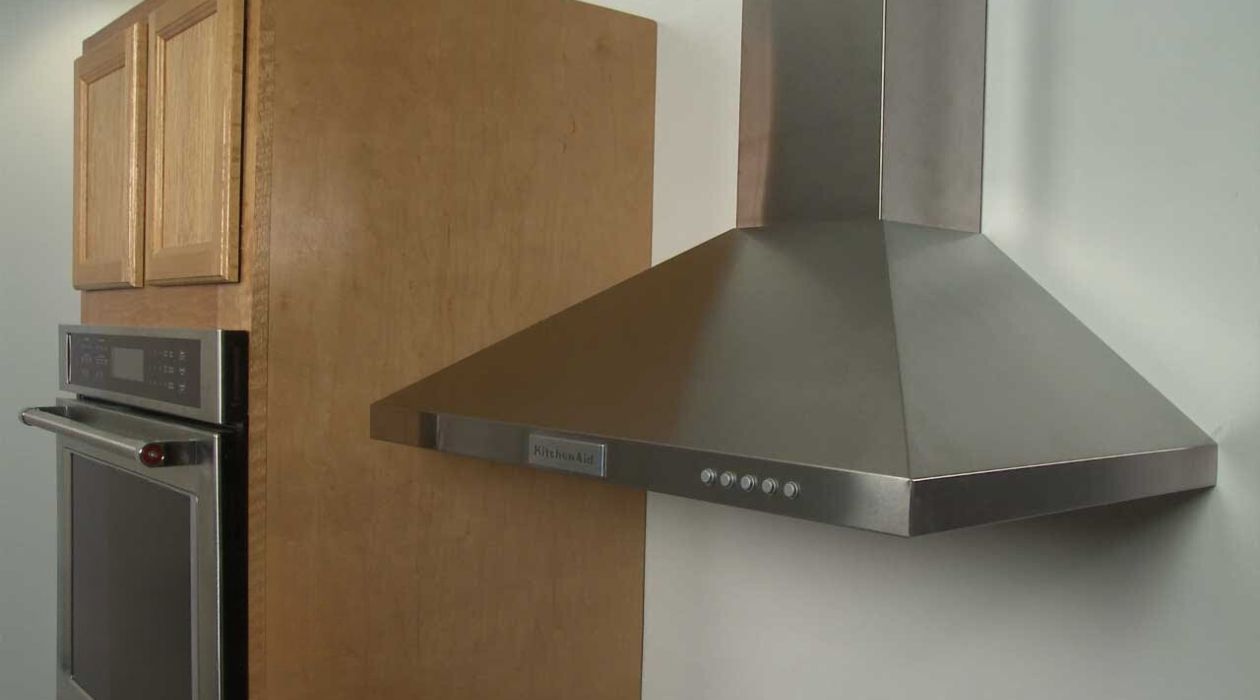
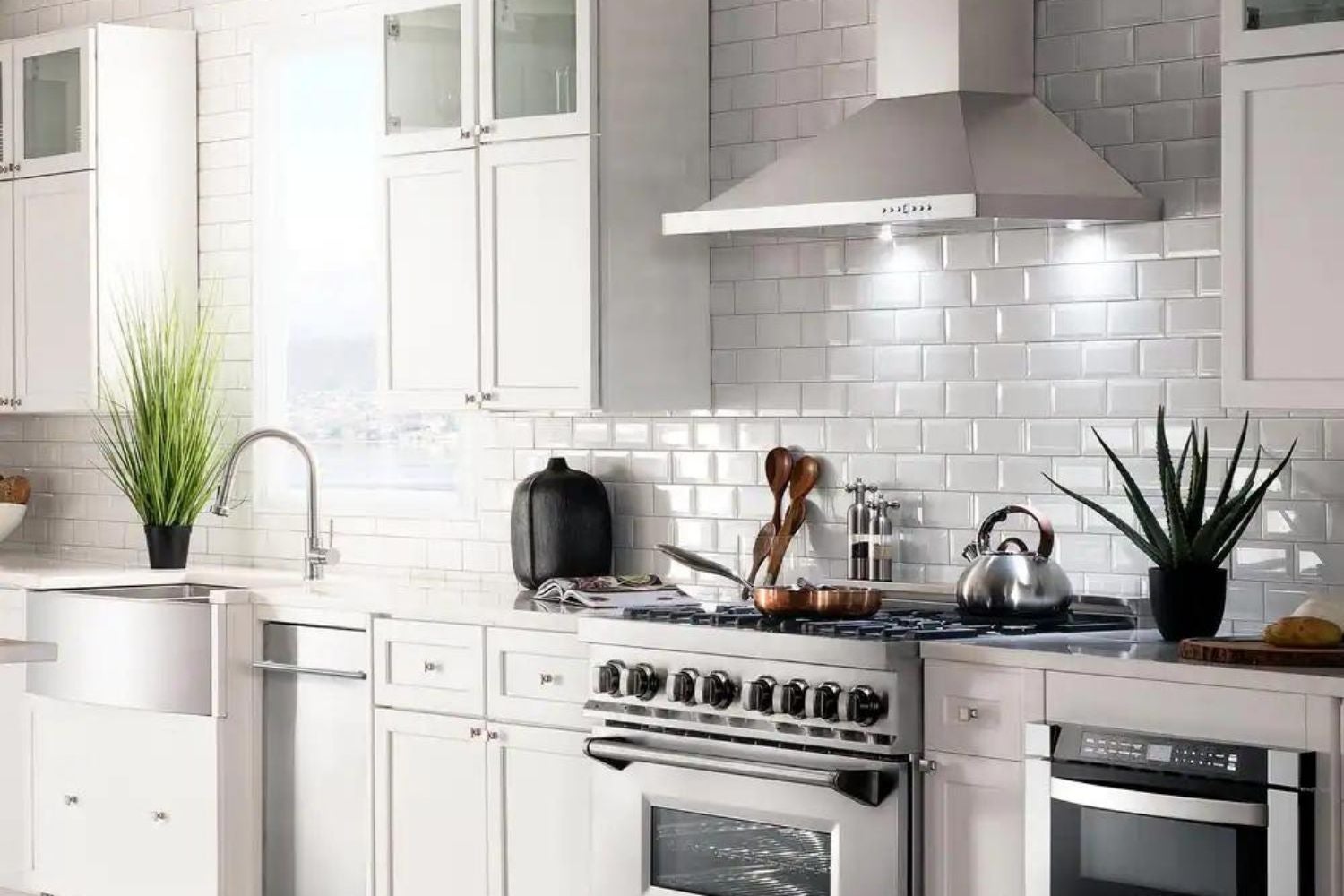
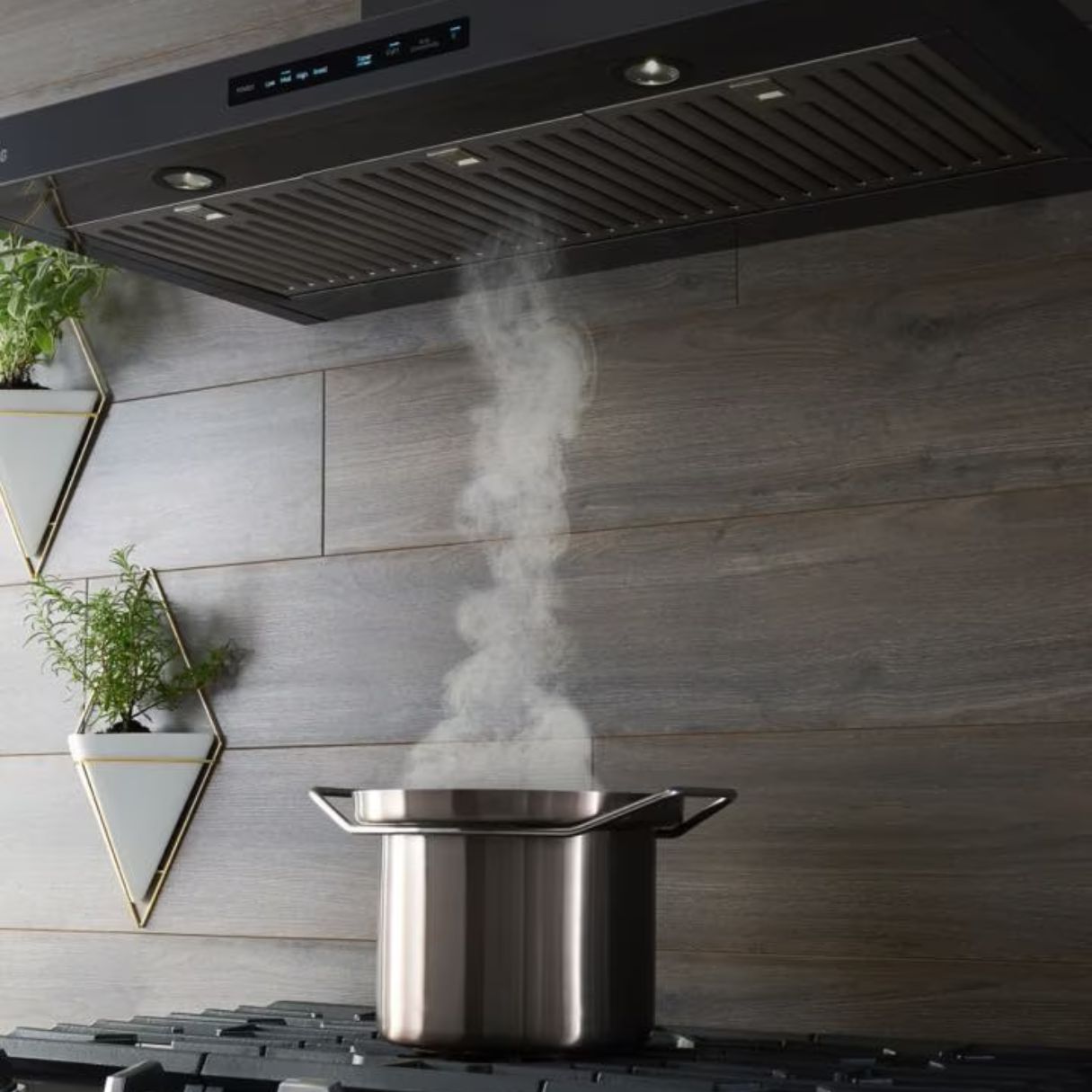
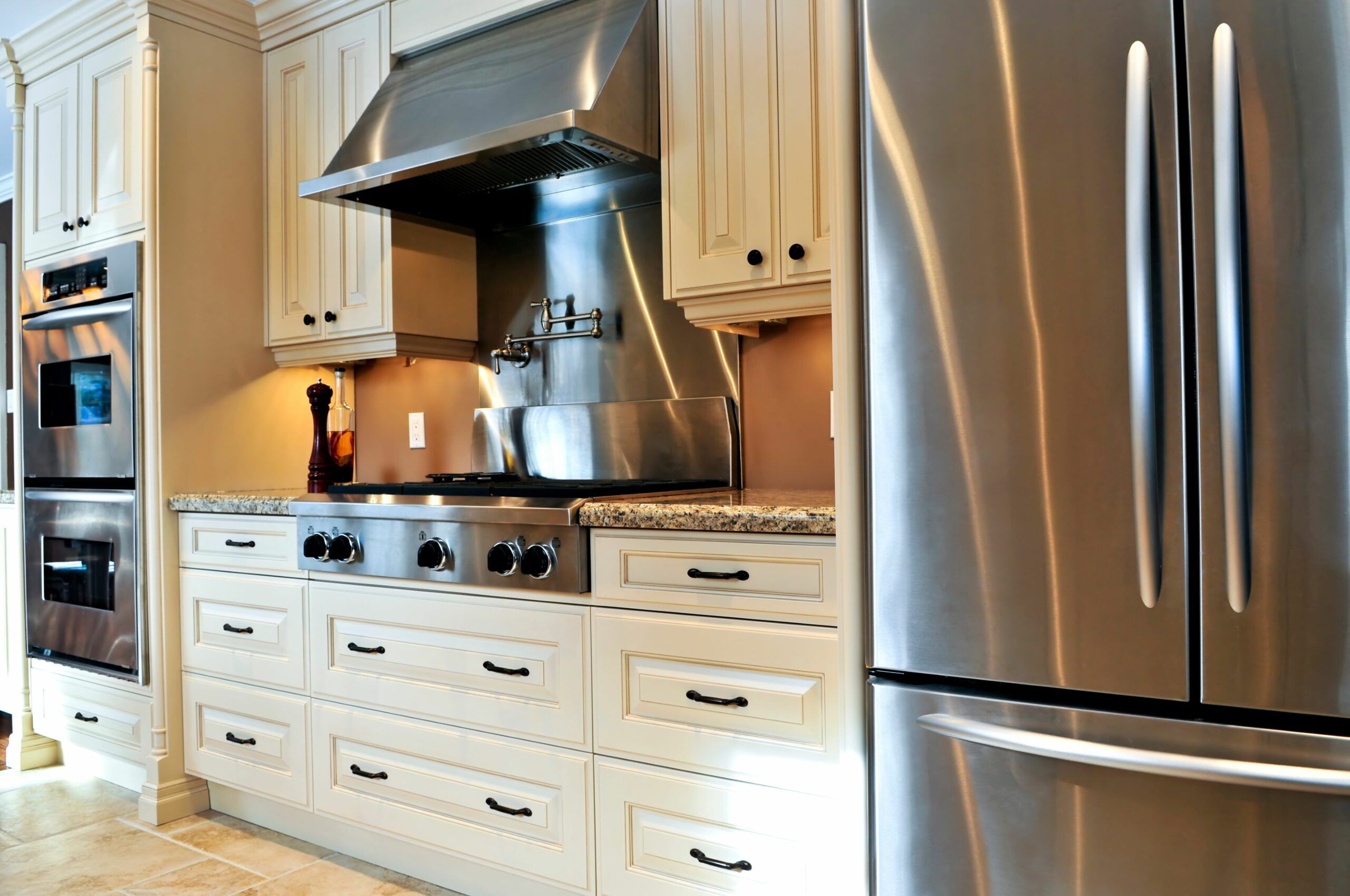
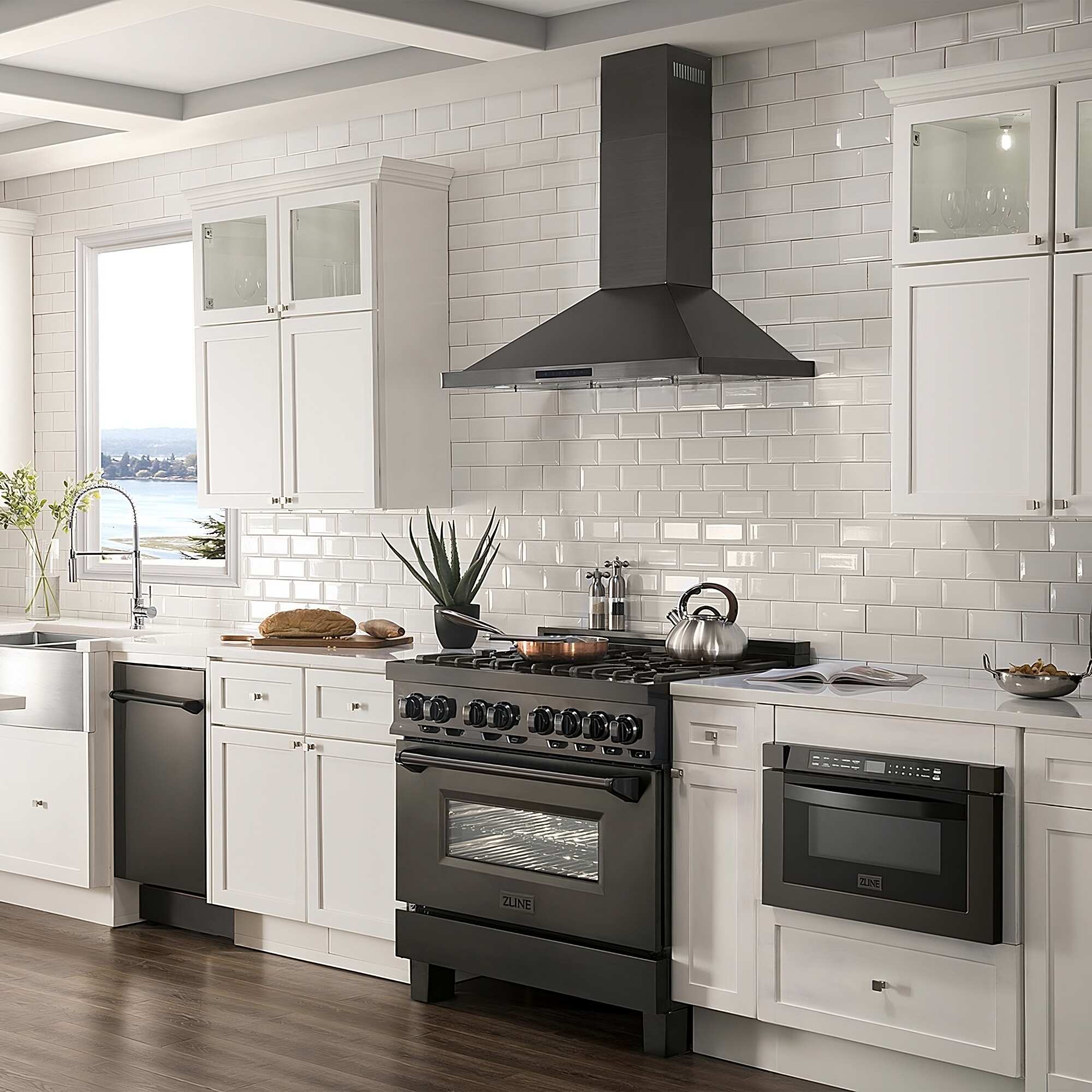
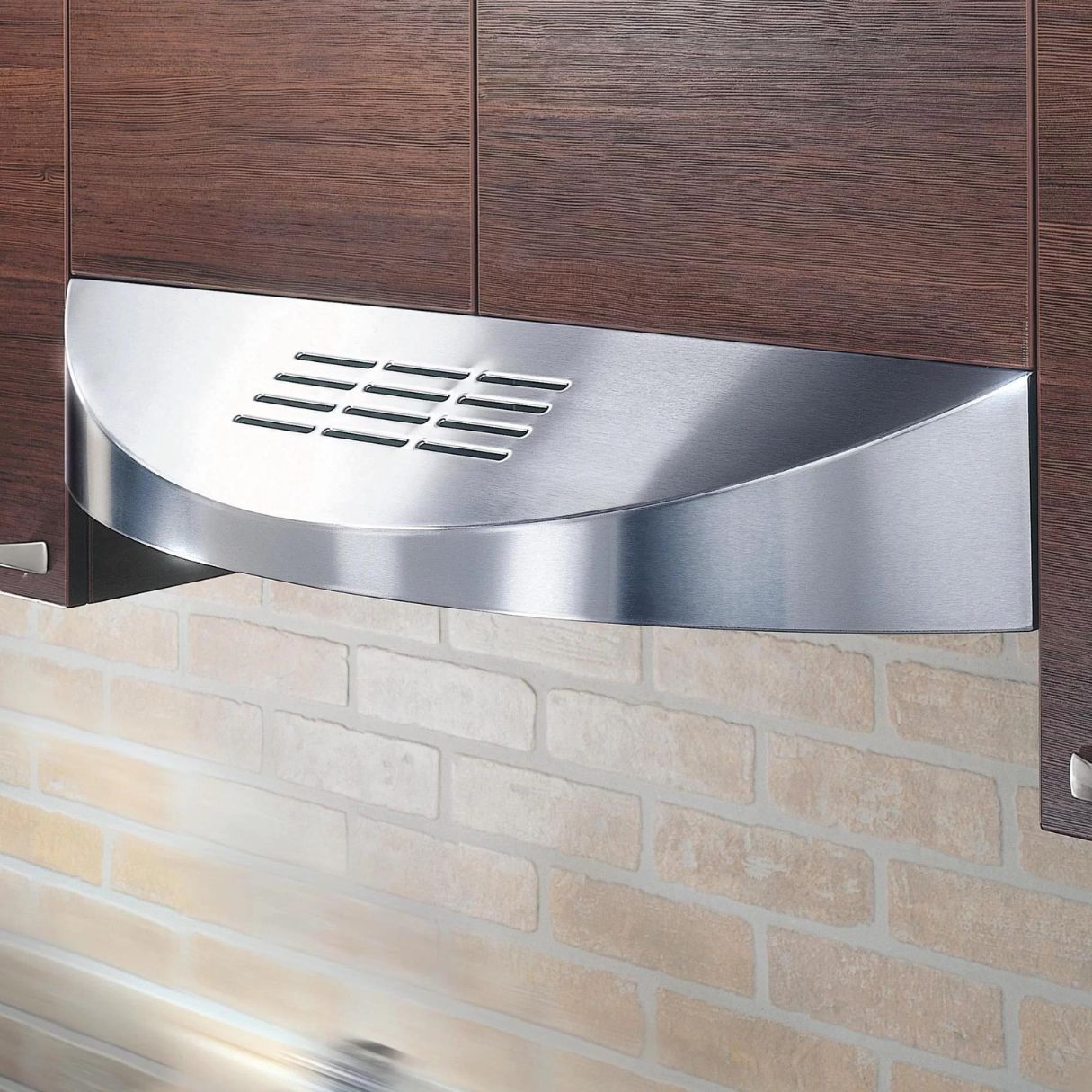
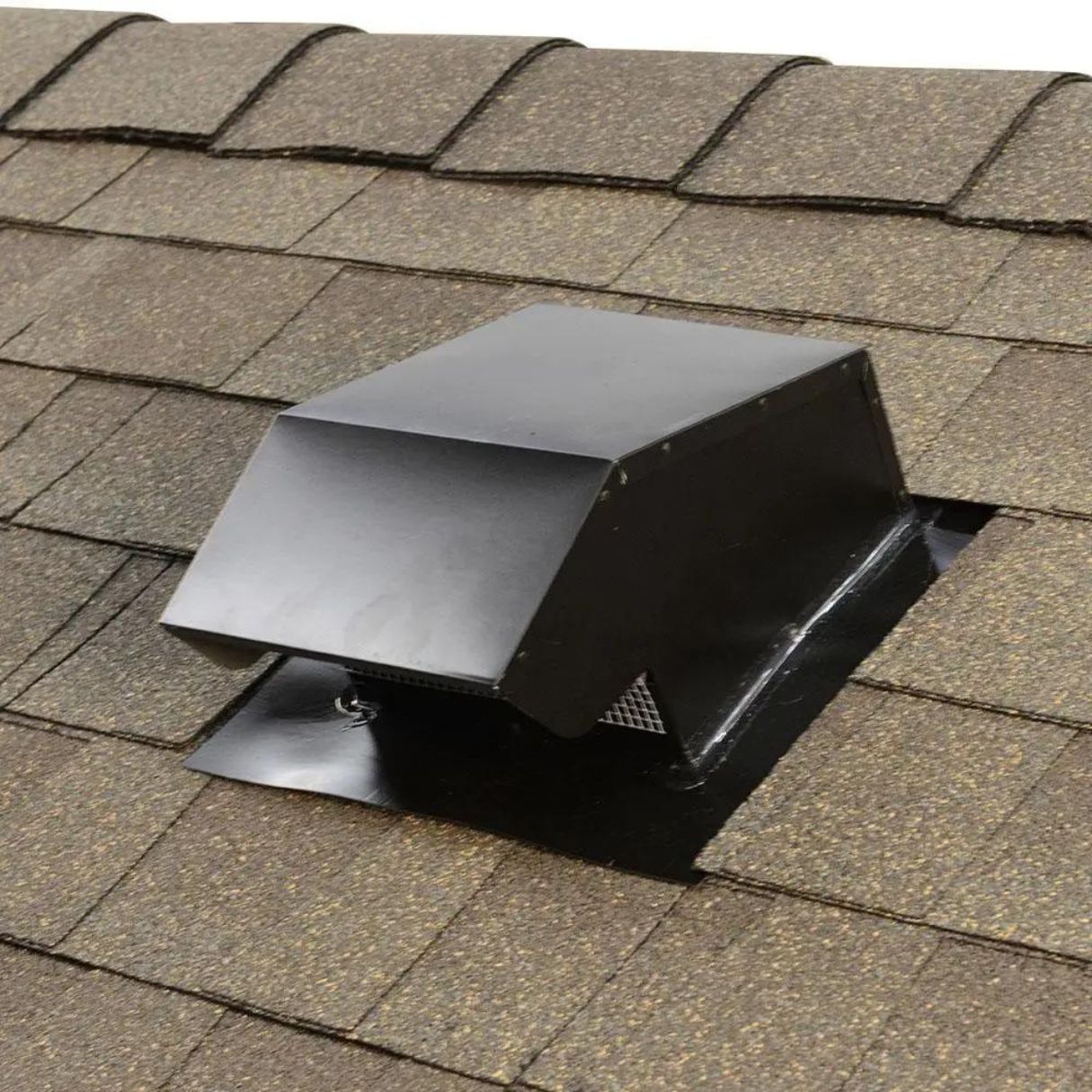
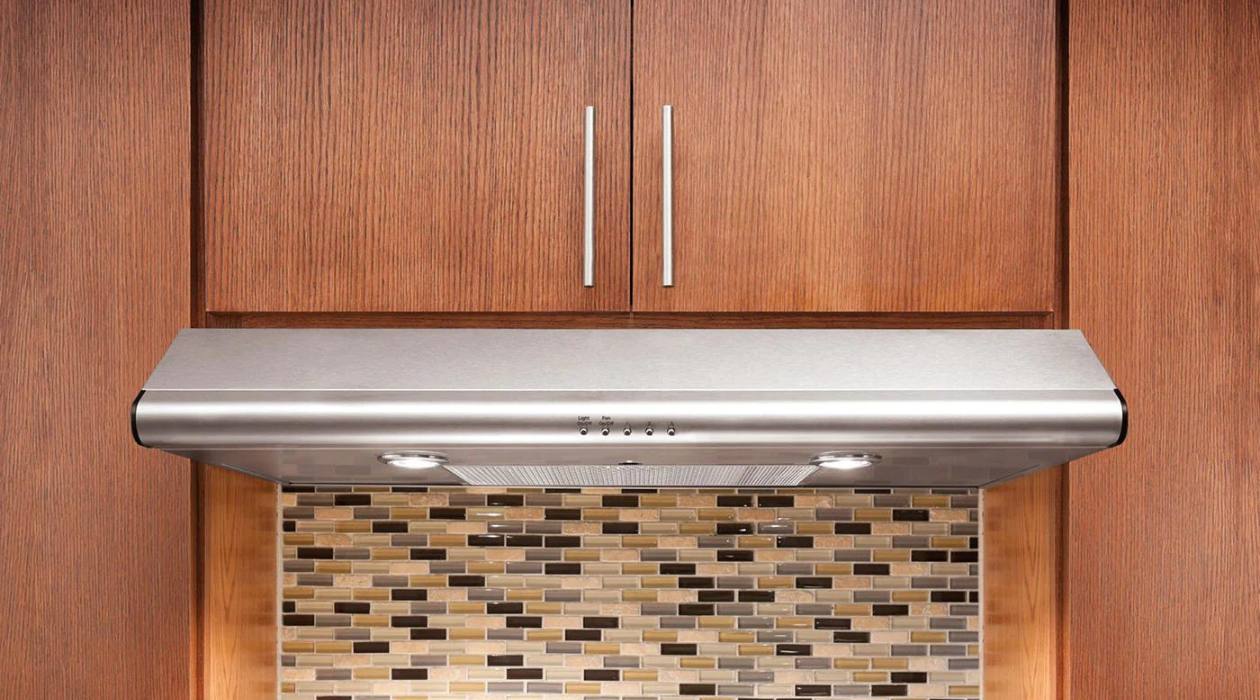
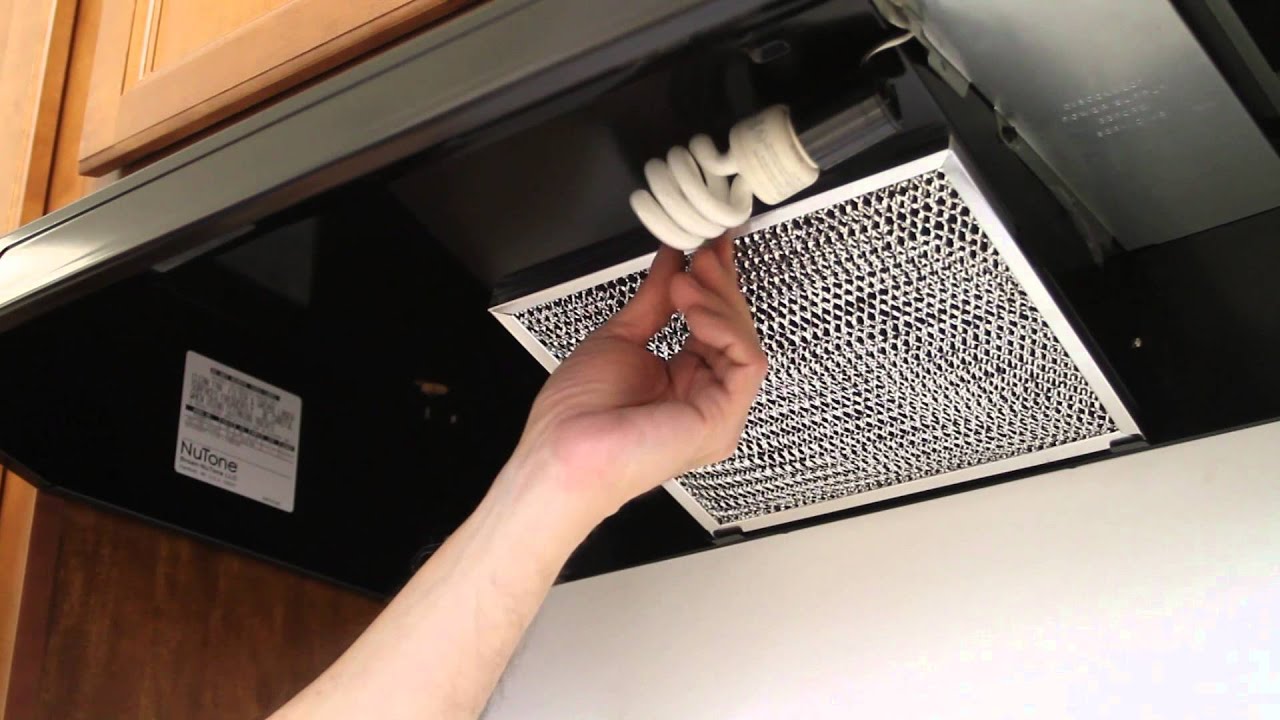
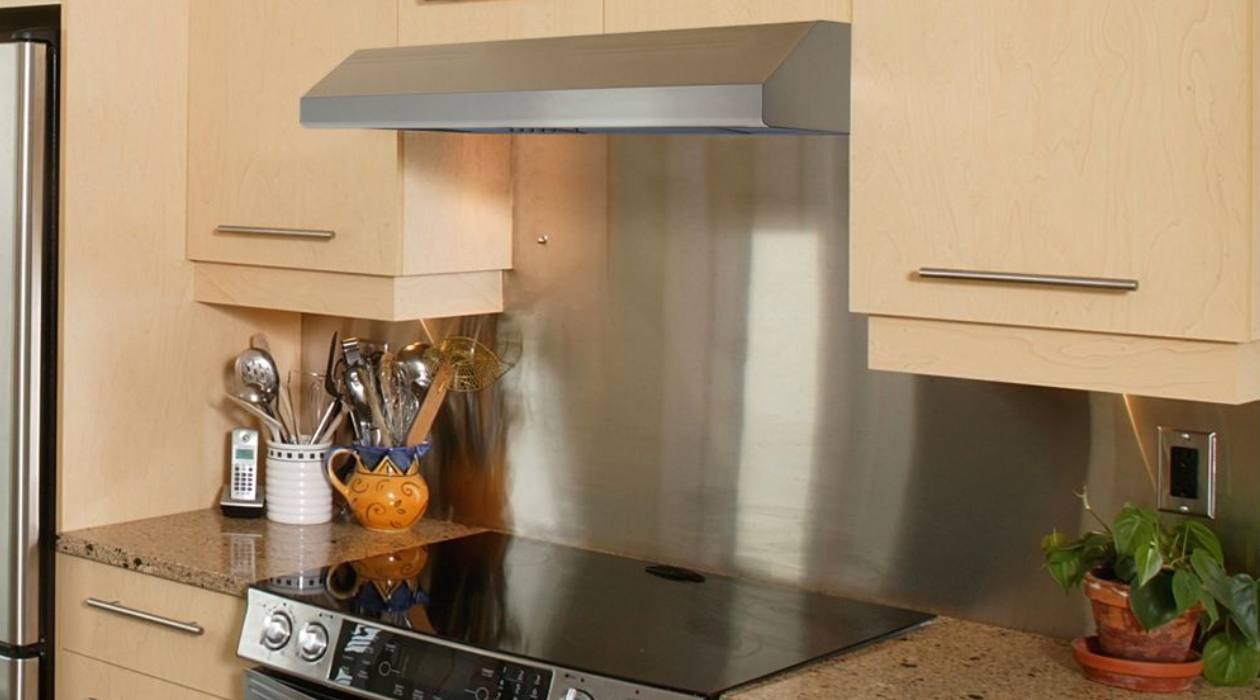

0 thoughts on “What Kind Of Duct For Range Hood”